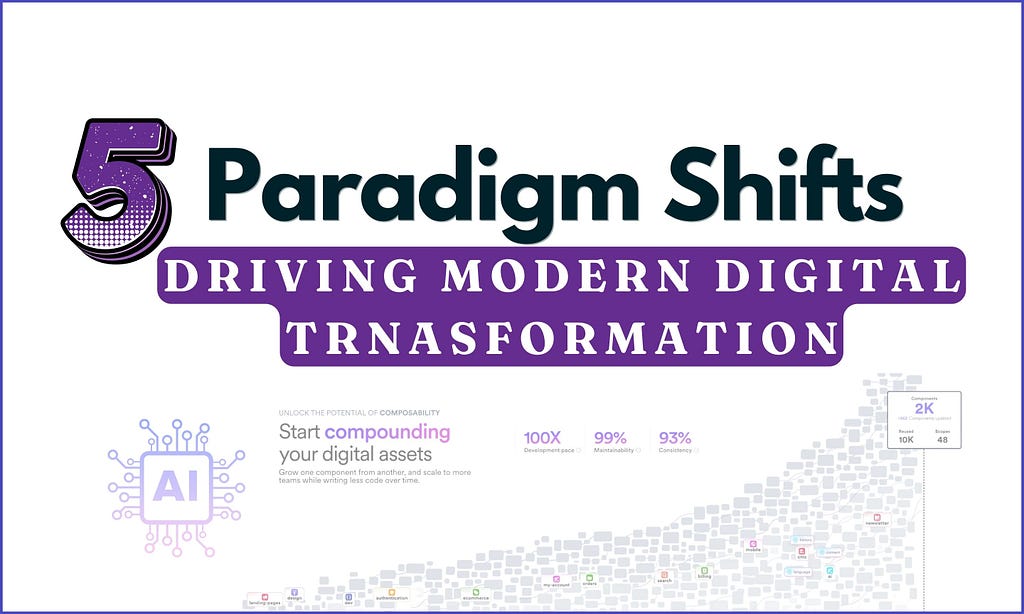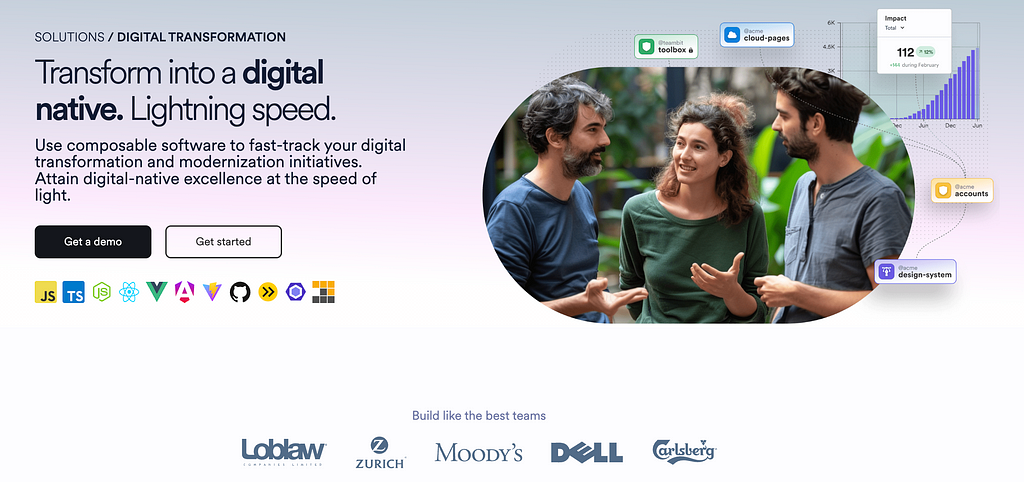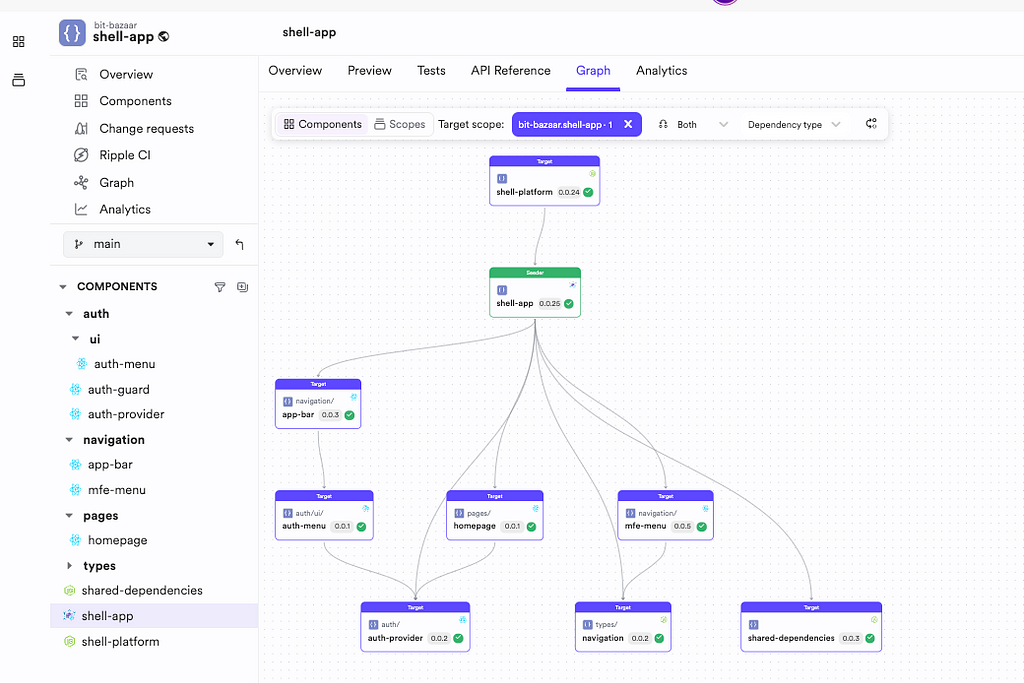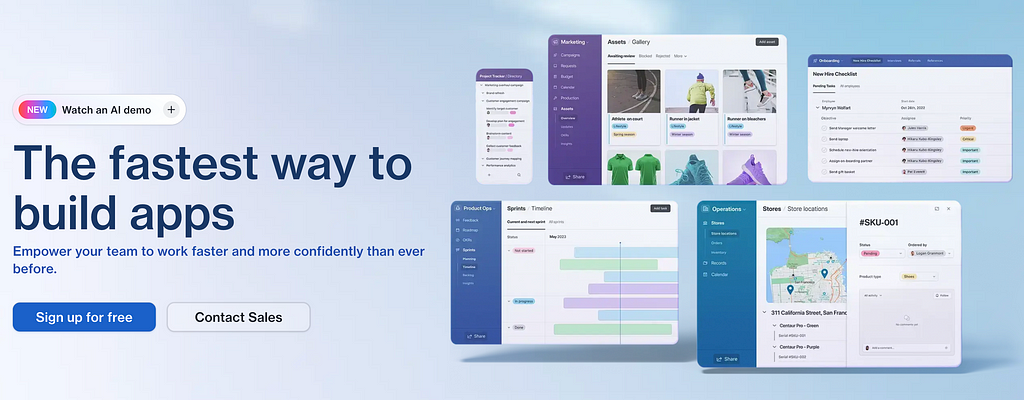This content originally appeared on Bits and Pieces - Medium and was authored by Ashan Fernando
Discover how revolutionary technological changes, from AI advancements to modular software architectures, are reshaping the digital transformation landscape and paving the way for future innovation.

Digital transformation continues to redefine businesses across the globe to adopt innovative technologies to stay competitive and relevant. From time to time, new technology paradigms emerge that drastically change our approach to digital transformation.
This article will explore five paradigms, providing detailed explanations and examples to demonstrate their impact on modern digital transformation.
1. The LLM Revolution

The Large Language Model (LLM) revolution has redefined how we interact with modern systems, transforming traditional interfaces into more intuitive, conversational experiences. Imagine communicating with software as effortlessly as you do with a human colleague. That’s the power of LLMs like OpenAI’s GPT-4, which can understand and generate human-like text, making interactions more natural and flexible.
Interfaces with Conversational AI
LLMs have brought about a paradigm shift in user interfaces. Users can now interact with systems using simple, conversational language instead of navigating through complex menus or filling out cumbersome forms. This evolution has made technology more accessible to a broader audience, including those who may not be tech-savvy.
Take customer service as an example. Traditional systems require users to select options from a menu or wait for a human representative. With LLMs, businesses can deploy advanced chatbots that handle complex real-time queries. For instance, a customer wanting to book a flight can now type, “I want to book a flight to New York next Friday.” The AI handles the rest, from suggesting flight options to completing the booking.
Flexibility and Extensibility of LLMs
One remarkable aspect of LLMs is their flexibility. Existing models can be extended and reused to create new functionalities. This adaptability makes it easier for businesses to innovate without starting from scratch. For example, an LLM trained in customer service interactions can be fine-tuned to handle technical support or internal HR queries, all within the same framework.
If we take OpenAI Function calling, for example, it could change how we develop a modern system. If we take the same flight booking example, we can write custom functions using their latest Function calling interface to do specific tasks outside LLM. For example, the LLM can understand when we ask to book a flight, to use the checkForFlights function to find flights and use bookFlights function to complete the action. These functions can be connected to OpenAI.
Example: Streamlining Business Operations
Consider a business that needs to generate monthly sales reports. Traditionally, this task would involve multiple steps, including data extraction, processing, and formatting. With OpenAI’s new functions, an LLM can automate this entire process. By integrating with the company’s database, the AI can retrieve the relevant data, analyze it, and generate a comprehensive report — all through a simple command like, “Generate this month’s sales report.”
Key Pointers:
- Natural Language Interfaces: LLMs transform user interactions into conversational experiences, making technology more accessible.
- Flexibility: Existing LLMs can be extended and repurposed, enabling businesses to innovate without starting from scratch.
- Enhanced Capabilities: OpenAI functions add dynamic capabilities to LLMs, allowing them to perform specific tasks and replace traditional systems.
2. Composable Architectures

Composable architectures represent a paradigm shift in software development. They capitalize on composing independent, reusable components into cohesive applications.
This approach contrasts with traditional monolithic architectures, offering greater flexibility, scalability, and maintainability.
With Bit, you can start computing your digital assets, which could vary from simple frontend React component to backend business functionality. All these are encapsulated as components and well documented, allowing for greater reusability across the organization.
Building a Reusable Culture with Composable Software
Using composable software helps build a culture of reusability within the organization. By tracking every meaningful code piece (component), teams ensure that efforts are focused where needed. This approach promotes transparency, reduces redundancy, and accelerates innovation.
The challenges with cross-team dependencies are managed using component versioning and a strong collaboration model facilitated by bit.cloud, where you can contribute to components and send pull requests at the component level.
You can also visualize the dependency structure of components across your organization.

Key Pointers:
- Modularity: Composable architectures promote the creation of self-contained, reusable components, reducing redundancy and facilitating code reuse.
- Scalability: Composable architectures support more efficient application scaling by allowing components to be independently developed and tested.
- Collaboration: Enhance collaboration by enabling teams to share and integrate components across different projects and teams. Since each component is documented, it prevents the creation of legacy and redundant code.
- Reusability: Building a reusable culture ensures that efforts are focused on innovation rather than re-inventing existing solutions.
3. Standardized Integrations



Integrating diverse systems and technologies is critical to any digital transformation journey. In the past, we have had to develop custom connectors, do API integrations, provide direct data access, or upload files to FTP locations for systems to interact.
Today, many systems support standard integration methods, and platforms can orchestrate the integrations as a central hub. Standardized integrations streamline connecting different applications, data sources, and services, enabling smoother and more efficient workflows.
Example: Integration Platforms as a Service (iPaaS)
Integration Platforms as a Service (iPaaS) solutions like MuleSoft and Zapier exemplify the benefits of standardized integrations. These platforms provide pre-built connectors and integration templates, allowing businesses to quickly connect various applications and automate workflows without extensive custom coding.
Key Pointers:
- Interoperability: Standardized integrations facilitate the seamless exchange of data and functionality between disparate systems, enhancing overall interoperability.
- Efficiency: Pre-built connectors and templates reduce the time and effort required to establish integrations, accelerating time-to-market for new solutions.
- Flexibility: Businesses can more easily adapt to changing requirements by leveraging standardized integrations to connect new applications and services.
4. Fully Managed Services


Fully managed services (serverless services) allow businesses to outsource the management of complex IT infrastructure and applications to specialized providers. This approach allows organizations to focus on their core competencies while leveraging the expertise of service providers to handle maintenance, updates, and scaling.
For instance, AWS provides a wide range of fully managed services, including identity management, databases, machine learning, and container orchestration. For example, AWS Lambda allows developers to run code without provisioning or managing servers, automatically scaling based on demand.
Another example is Airtable, where we can model and create complex process automation using its intuitive interface, configuring tables, grids, etc.
Key Pointers:
- Cost Savings: Fully managed services reduce the need for in-house infrastructure and management, leading to significant cost savings.
- Scalability: Service providers handle scaling and performance optimization, ensuring that applications can handle varying workloads effectively.
- Focus on Core Business: By outsourcing infrastructure management, businesses can concentrate on delivering value to their customers and driving innovation.
5. Small Systems Instead of Large Ones

Another key paradigm in digital transformation is the shift from large, monolithic systems to small, modular ones. Small systems focused on doing one thing, either available as Commercial Off-the-Shelf (COTS) or built internally as microservices, enable organizations to develop, deploy, and scale individual components independently, promoting agility and resilience. This also helps to reduce the risk of vendor locking to one large vendor.
Example: Netflix Microservices Architecture
Netflix is a pioneer in adopting a microservices architecture. By breaking down its application into numerous small services, Netflix can deploy updates frequently, scale services independently, and ensure high availability. This approach has allowed Netflix to handle millions concurrent users and deliver a seamless streaming experience.
Key Pointers:
- Agility: Small systems enable rapid development and deployment cycles, allowing businesses to respond quickly to market changes and customer needs.
- Resilience: Microservices architectures enhance system resilience by isolating failures to individual components, preventing widespread disruptions.
- Scalability: Each microservice can be scaled independently, optimizing resource utilization and improving overall system performance.
- Prevent vendor lockout: Using purpose-driven small systems rather than one large ERP helps prevent vendor lockout. You can replace the systems that are not performing well with more robust counterparts with the least effort.
Conclusion
The paradigms of the LLM Revolution, Composable Architectures, Standardized Integrations, Fully Managed Services, and the transition to Small Systems are driving modern digital transformation. These technologies empower businesses to innovate, scale, and adapt in a rapidly evolving digital landscape. As organizations continue to embrace these paradigms, they will unlock new opportunities for growth and efficiency.
I hope these paradigms will help you to improve the effectiveness of your digital transformation journey. Please share your thoughts and experiences with these paradigms in the comments below.
Thanks for reading! Cheers !!
Learn More
- Innersource Development: A Practical Guide
- Composable Software Architectures are Trending: Here's Why
- 9 Best Digital Transformation Tools for 2023
- Moving Beyond IaC: Infrastructure into Components
5 Paradigm Shifts Driving Modern Digital Transformation was originally published in Bits and Pieces on Medium, where people are continuing the conversation by highlighting and responding to this story.
This content originally appeared on Bits and Pieces - Medium and was authored by Ashan Fernando
Ashan Fernando | Sciencx (2024-07-04T09:55:42+00:00) 5 Paradigm Shifts Driving Modern Digital Transformation. Retrieved from https://www.scien.cx/2024/07/04/5-paradigm-shifts-driving-modern-digital-transformation/
Please log in to upload a file.
There are no updates yet.
Click the Upload button above to add an update.
